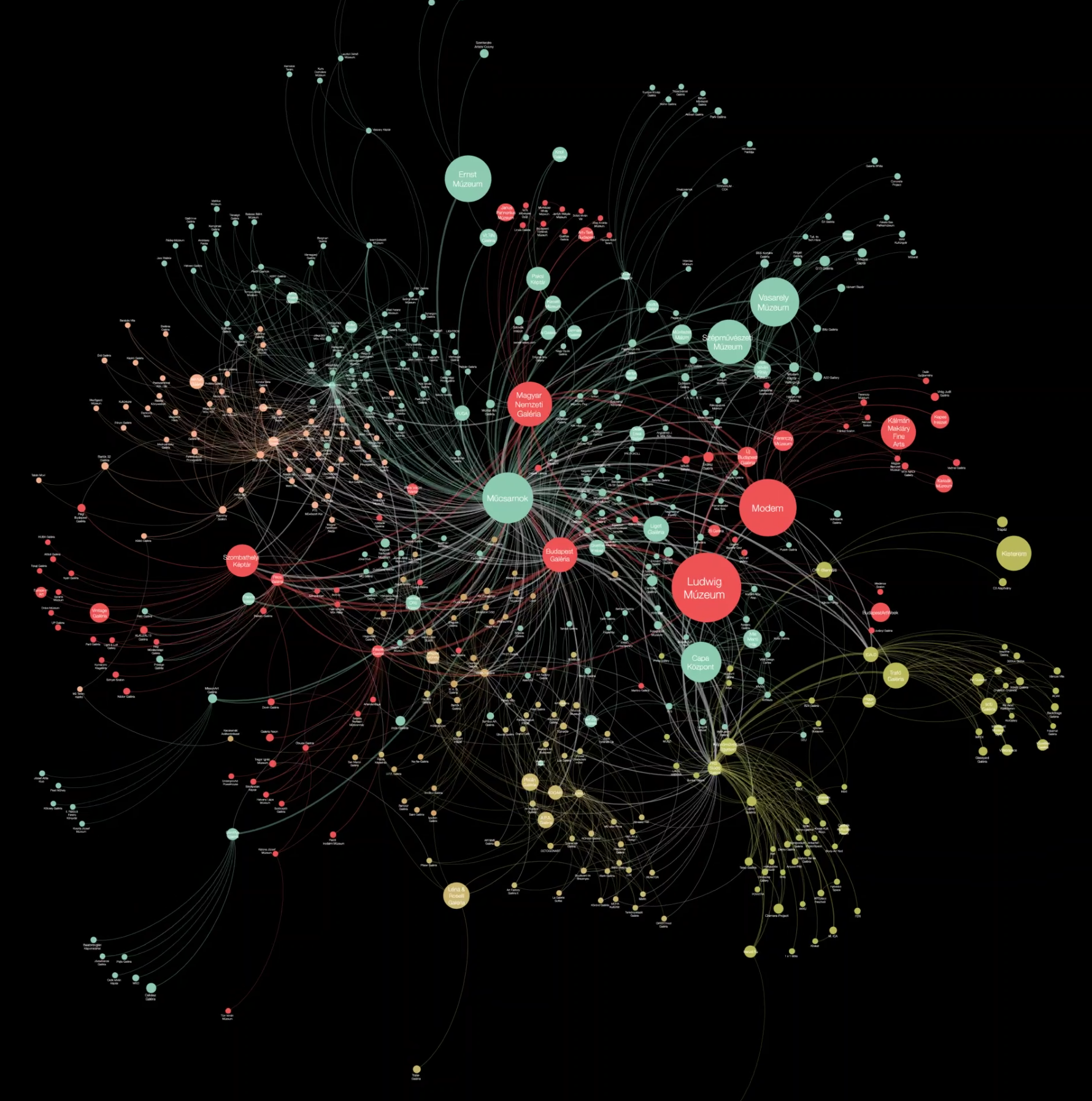Queen of Chess: Polgár beats Kasparov
This first instance, in any sport, that the #1 women’s player in the world beat the #1 men’s player, took place in September 2002, when Judit Polgár defeated Garry Kasparov in chess. The NFT, released by Judit Polgár in collaboration with BarabásiLab, commemorates this unique moment in history. The artwork replays the historic game, with Polgár’s white and Kasparov’s black pieces moving on the opposite side of the chessboard, reminding us that for decades women and men rarely competed against each other. The 3D art allows the viewer to view the game from either player’s perspective. The proceeds go to the Judit Polgar Chess Foundation, and the first owner will have the opportunity to play a private chess game with Polgár.







Contact
Social